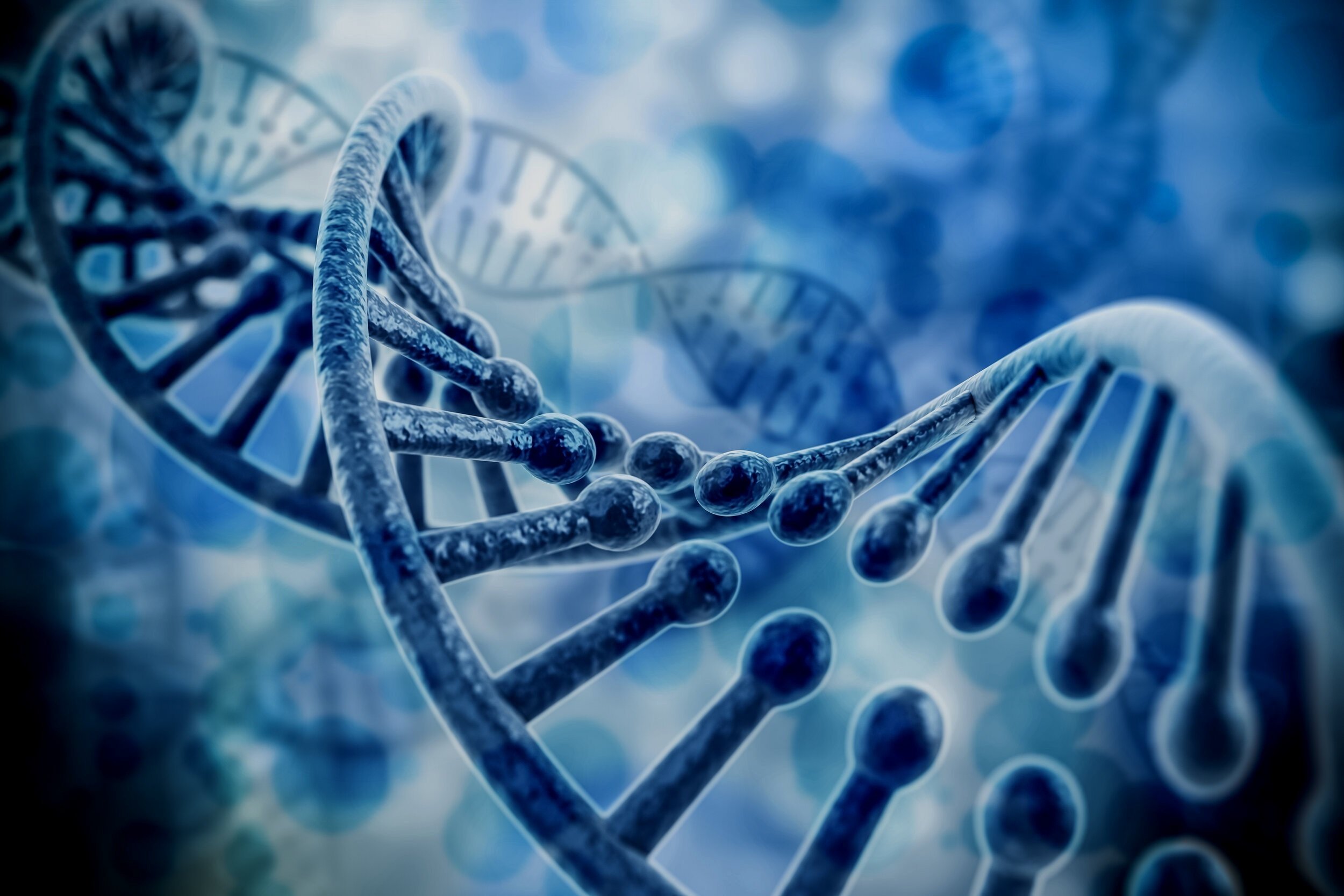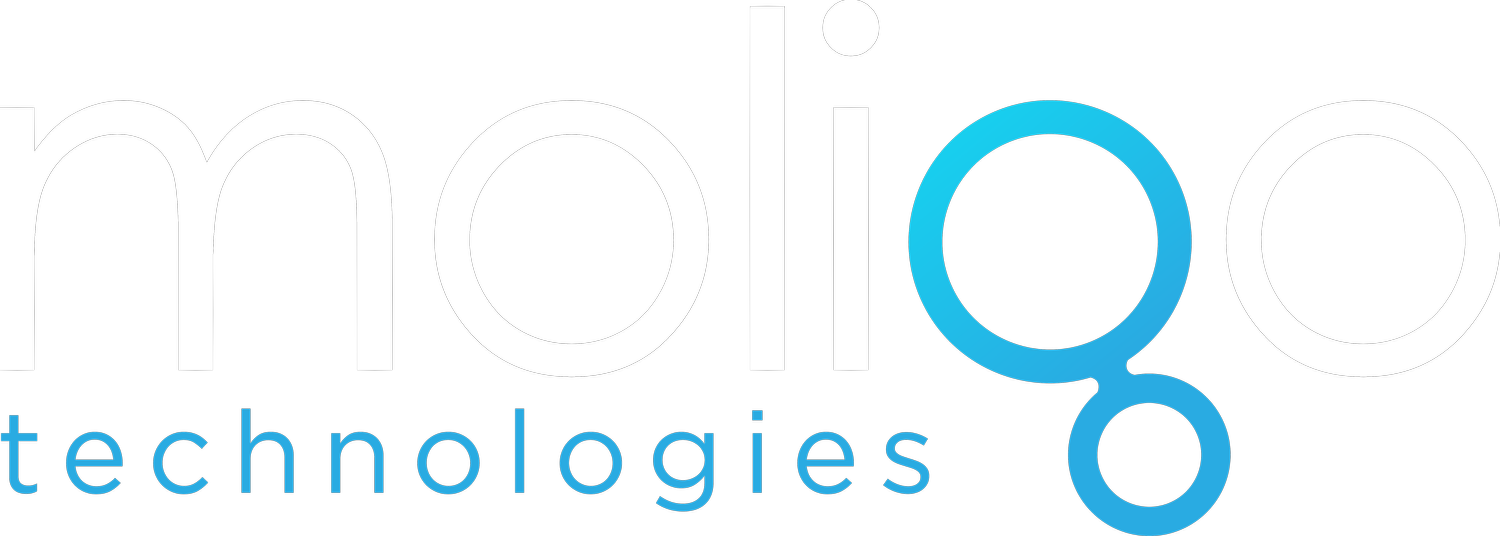
Why Use ssDNA

Cell and gene therapies are starting to move beyond the traditional viral vectors that have marked research for the previous 50 years, with more options on the market than ever before. Single-stranded DNA offers advantages in simplicity and precision, reduced immunogenicity, control, size, and manufacturing ease.
Common Vectors in CGT
Viral Vectors
Adeno-Associated Virus (AAV):
Advantages: Low immune response, ability to target a wide range of tissues, and long-term expression.
Disadvantages: Limited carrying capacity (up to 4.7 kb), high cost, and potential integration into the genome, which could lead to mutations.
Lentivirus:
Advantages: Ability to carry larger DNA sequences (up to 8 kb), stable gene integration into dividing and non-dividing cells.
Disadvantages: Potential for insertional mutagenesis (disruption of native genes), higher immune response, and safety concerns due to viral origins.
Adenovirus:
Advantages: High transduction efficiency, ability to carry relatively large inserts (up to 36 kb).
Disadvantages: High immune response, temporary gene expression, and potential toxicity at higher doses.
Non-Viral Vectors
Plasmid DNA
Advantages: Simple to produce, no risk of viral-related immune responses, and ability to carry large gene sequences (up to 10 kb or more).
Disadvantages: Poor delivery efficiency in vivo, transient expression, and low uptake by target cells without additional delivery systems (e.g., lipid nanoparticles).
Lipid Nanoparticles (LNPs)
Advantages: No immune response, scalable production, and ability to target specific tissues through surface modifications.
Disadvantages: Lower efficiency compared to viral vectors, challenges in delivering larger gene sequences, and potential toxicity depending on the formulation.
Long ssDNA
Advantages: Super high carrying capacity (up to 10 kb), highly precise, no viral-related immune response, cost effective and can use a flexible range of delivery mechanisms.
Disadvantages: Requires optimisiation for high delivery efficiency and in-vivo stability (compared to viral methods).
Why Use ssDNA as a Vector
Simplicity and Precision ssDNA can be directly introduced into cells without requiring viral packaging, simplifying the process.
Reduced Immunogenicity: ssDNA has a lower risk of triggering immune responses compared to AAV vectors.
Precise Control: Allows for more control over the length and sequence of the DNA being delivered, ideal for homology-directed repair (HDR) in CRISPR-based editing.
Avoids Size Limitations: Unlike AAV vectors, ssDNA is not restricted by size, enabling more flexible gene editing designs.
Manufacturing Ease: Eliminates the complexities associated with viral vector production, streamlining the manufacturing process and reducing costs.
Get in Touch
Our capabilities are second to none. Get in touch with us to find out how our ssDNA could help your organization.


